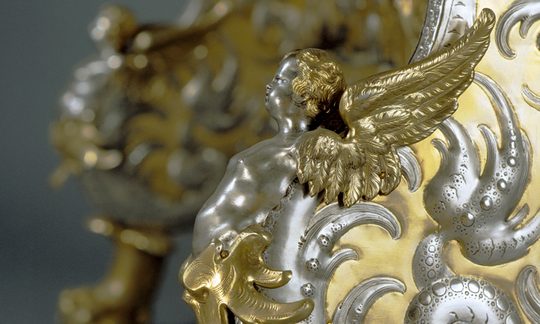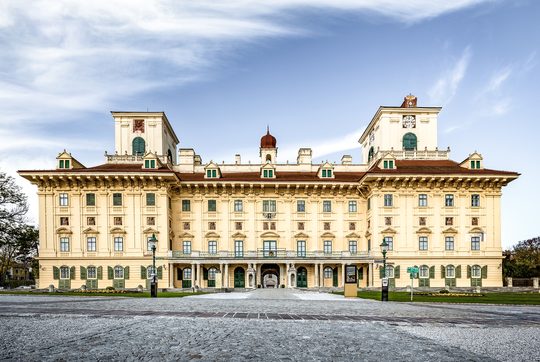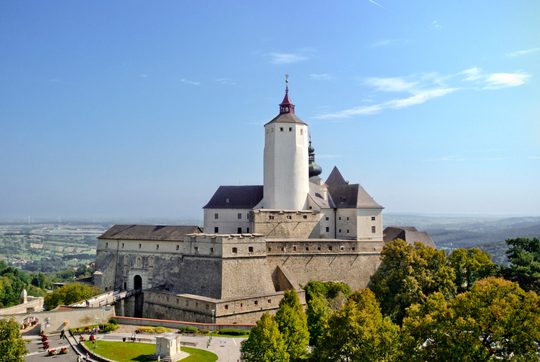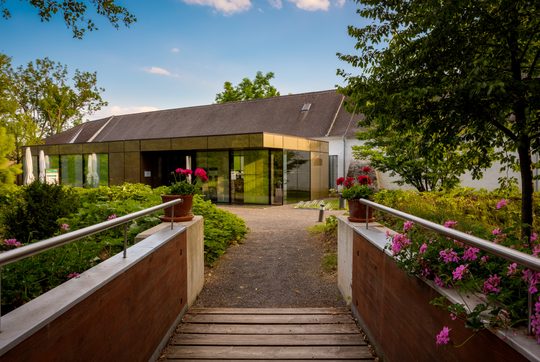Rediscovering the Fairyland

In 1811, in the first volume of his memoirs, Johann Wolfgang von Goethe spoke of an ‘Esterházy Fairyland’. This description has often been wrongly interpreted as an allusion to the fabulous possessions of the princely Esterházy family. For although Goethe meant ‘only’ a festive decoration commissioned by Prince Nikolaus Esterházy I, the Esterházys’ once enormous artistic and land holdings legitimise this re- and over-interpretation.
The formidable scientific and art collections of the Esterházy princes were always expressions of power and extraordinary patronage: The ‘Princes of the Fairyland’ collected, purchased, gave away, endowed, commissioned and preserved a fabulous art collection since the early 17th century. Artistic treasures, works of music, painting, drawings, sculpture, garden arts and table culture and all here, as are weapons, uniforms, books and minerals. Artistic dilettantism and tactical collecting, the acquisition of lasting valuables and generous endowments thereby went hand and hand.
Following the period of stagnation of collecting activities around 1840, the endowment of artworks to the Hungarian state, highly limited care of the collection and the enormous wartime losses in the 20th century, great strides have been made in the rediscovery of the princely collections since 1992, with the founding of the Esterházy trusts.
The restorations, art-historical research and increased accessibility of the family valuables help to make the ‘Esterházy Fairyland’ tangible once again for visitors and researchers the world over.





